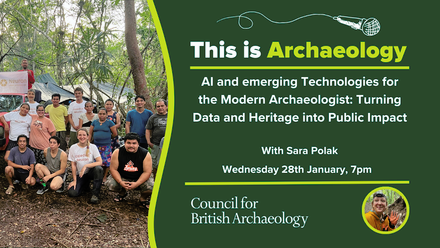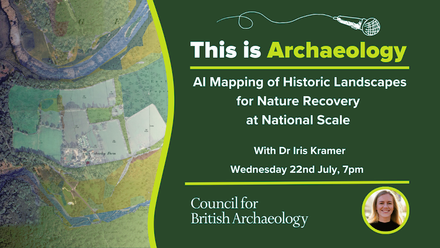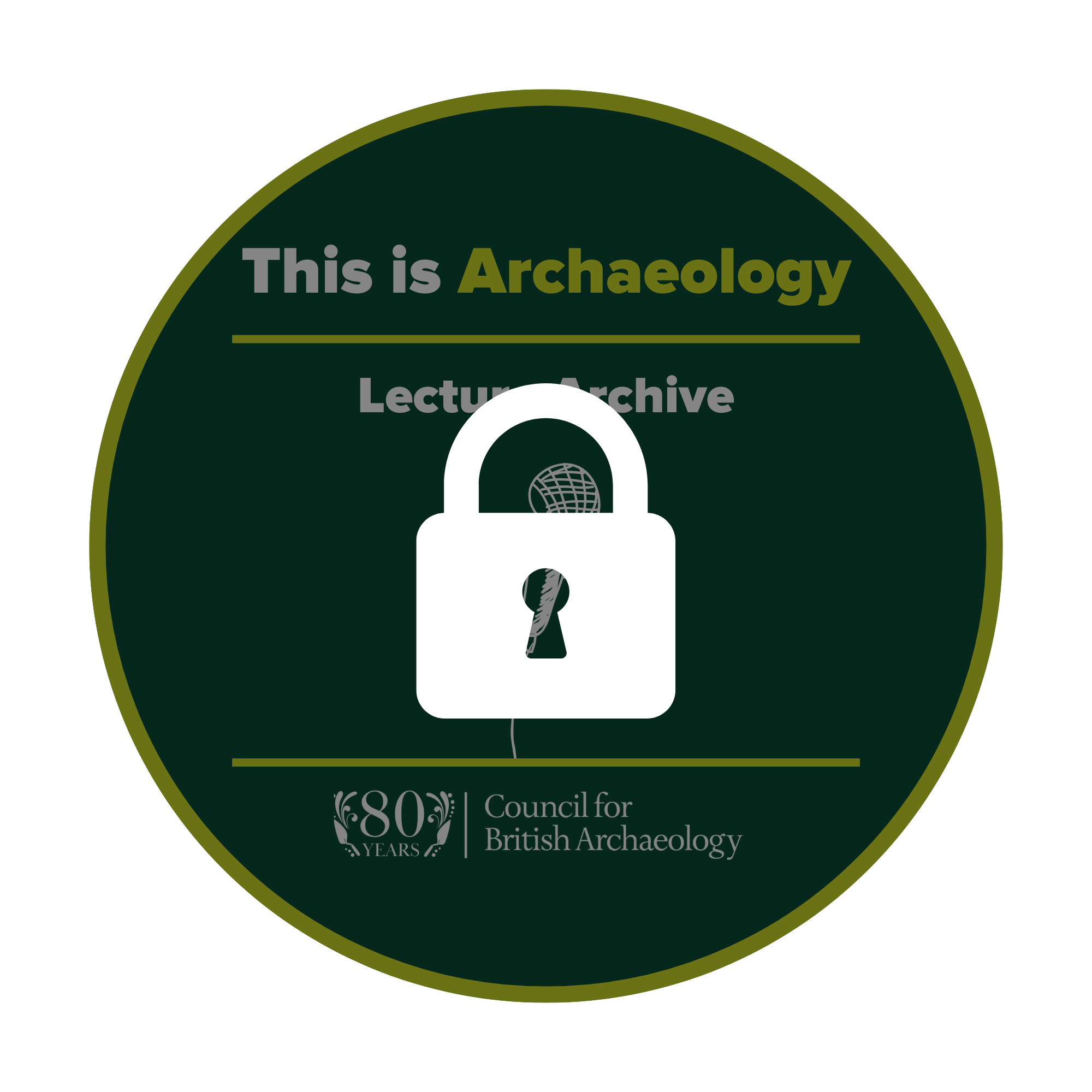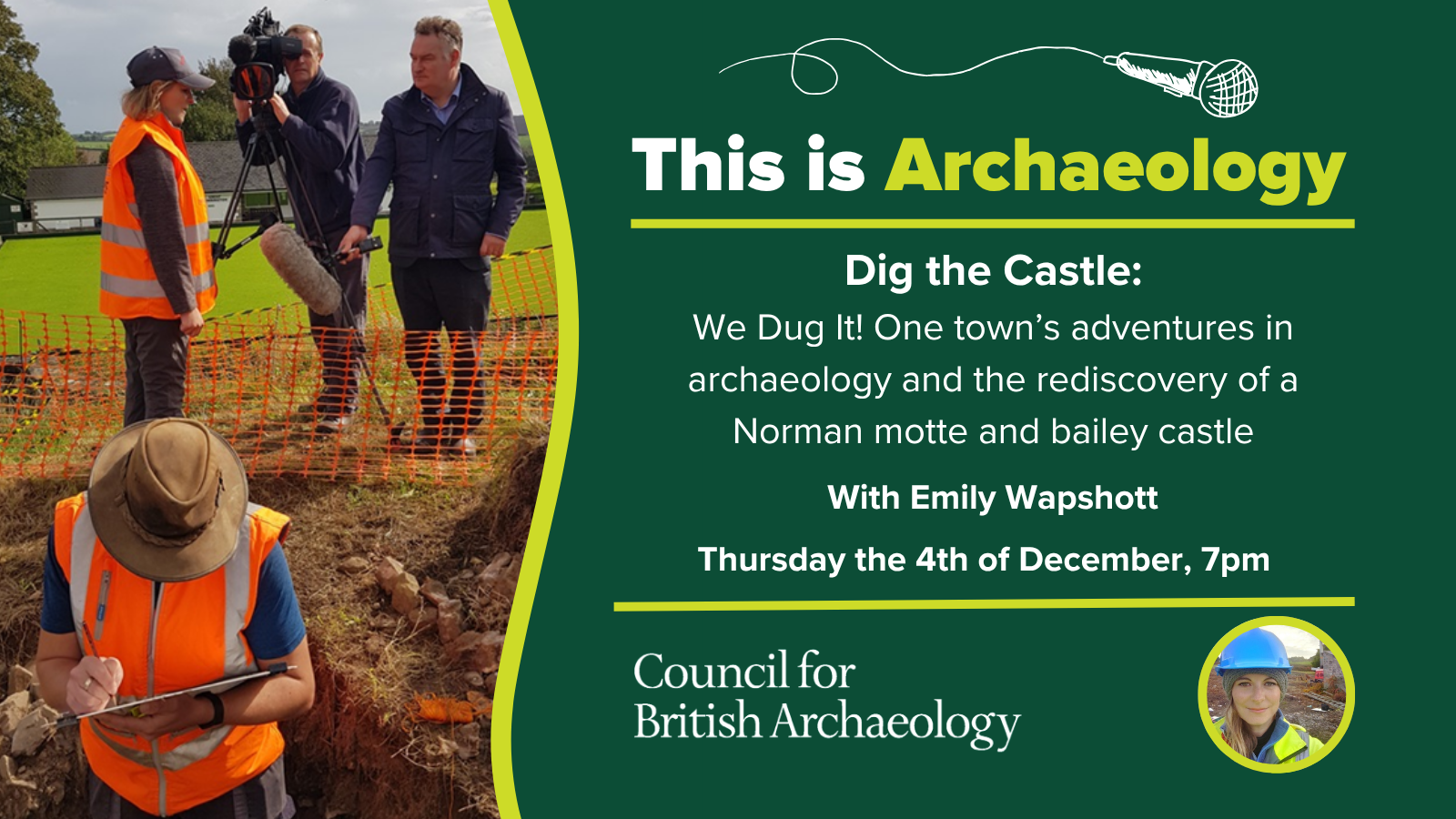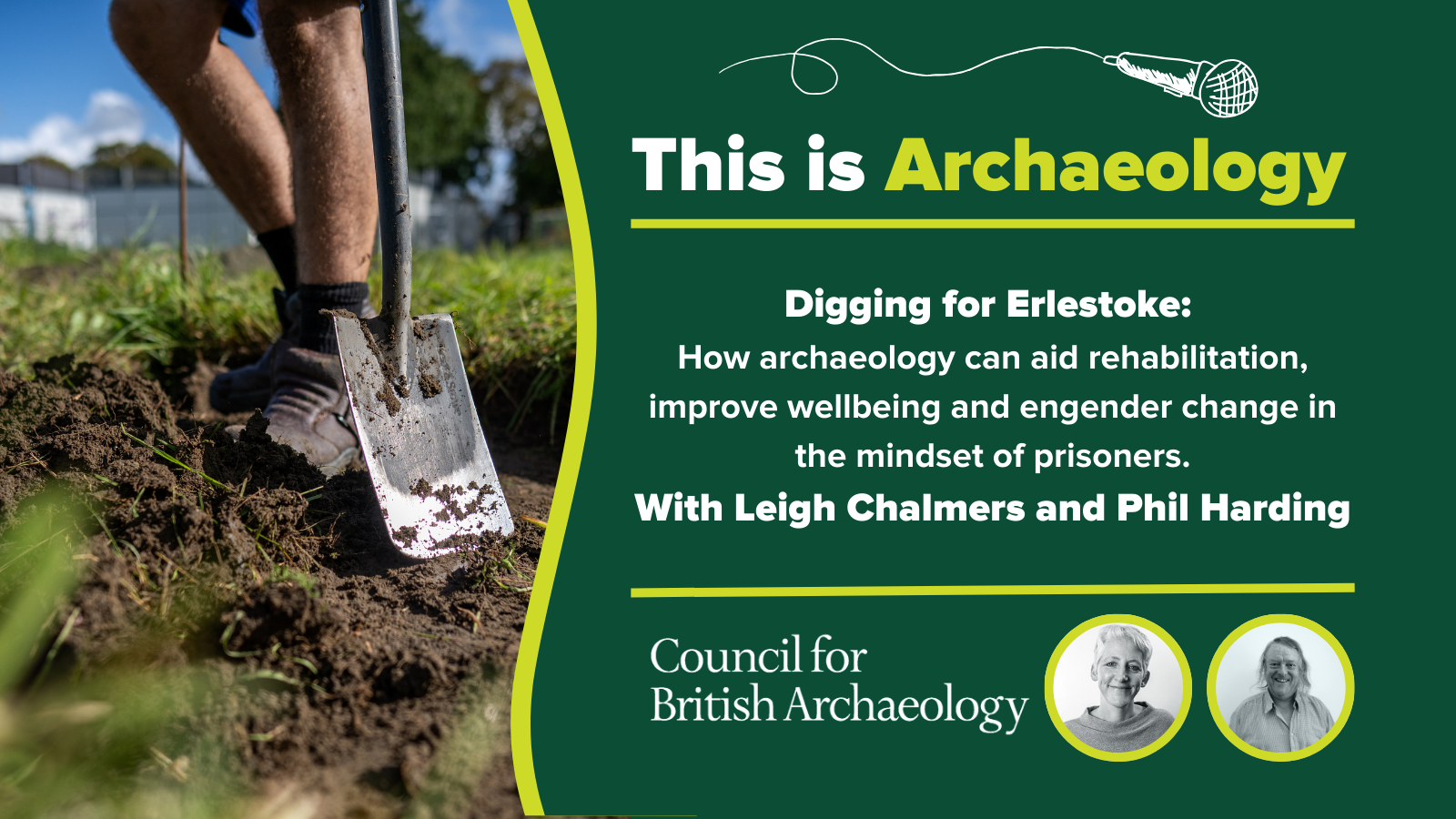This is Archaeology Lecture Series
The This is Archaeology online lecture series from the CBA brings together an inspiring array of speakers from across the fields of archaeology and heritage. Each lecture delves into the central question of the series, what is archaeology?, exploring diverse themes and perspectives.
Drawing on their unique experiences, our speakers share insights into sites, excavations, innovative techniques, scientific discoveries, and museum practices, offering fresh perspectives on the latest developments in archaeological thinking and research.
For any inquiries, please contact us at [email protected].
Upcoming Lectures
Free to access lectures


